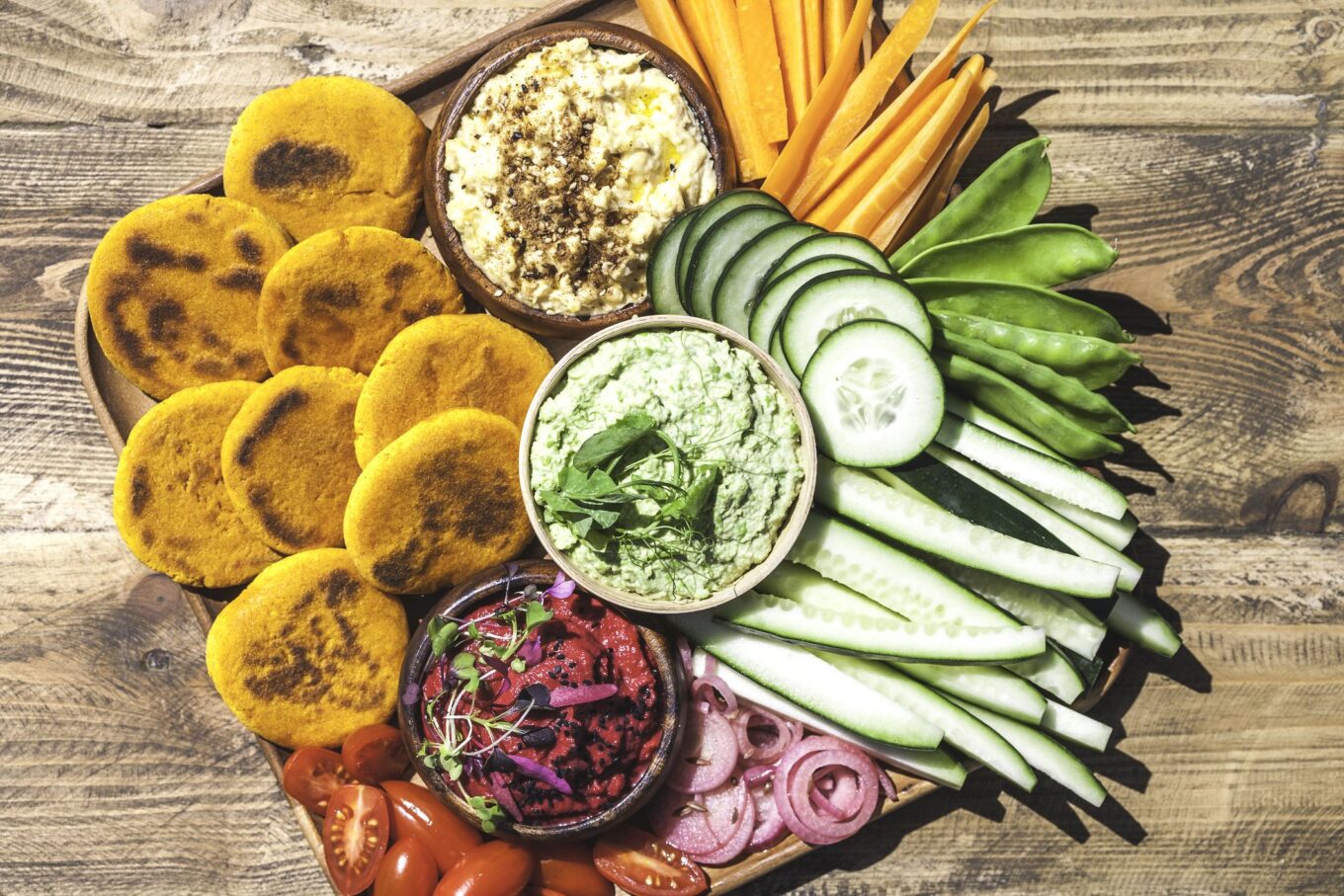In the ever-evolving landscape of nutrition and wellness, the quest for a healthy diet has become an integral part of everyone’s lives. The concept of zero-calorie foods is intriguing and popular among today’s population.
These are foods that purportedly require more energy to digest than they provide in calories.
Explore the foods that will upgrade your journey towards healthy living and aid your weight loss journey.
We will explore the science behind these zero-calorie wonders, shedding light on how they can be harnessed to enhance metabolism, aid weight management, and contribute to a holistic approach to well-being.
If you are enthusiastic about building a healthier lifestyle, this guide has the knowledge and inspiration to make informed dietary choices.
Let’s uncover the world of zero-calorie foods and embrace their potential to transform how we nourish our bodies and prioritize our health.
What are Zero-Calorie Foods?
Zero-calorie foods, often called “negative-calorie” or “calorie-free” foods, are more than just a fascinating concept within the realm of nutrition.
These foods supposedly provide so few calories that the energy expended by the body to digest and metabolize them exceeds the calories they contribute.
They use more energy in getting processed than they deliver to the body, thus creating a calorie deficit.
However, the term “zero-calorie” can be a bit misleading. No food is truly devoid of calories, as every edible substance contains some level of energy.
The notion of zero-calorie foods is based on the fact that the energy required to break down and process certain foods can potentially surpass the calorie content of the foods themselves.
As intriguing as it sounds, it’s important to approach it with caution and skepticism. The actual caloric impact of these foods is minimal, and their effects on metabolism and weight loss are still debated within the scientific community.
Make sure that the quantity of these foods is significant. Their impact on energy expenditure can be substantial, making them a complementary component of a healthy diet rather than a standalone solution for weight management.
Incorporating Zero-Calorie Foods

Bringing zero-calorie foods into your diet involves integrating nutrient-rich options to enhance the overall quality of your diet. These foods, typically low in calories but high in vitamins, minerals, and fiber, can be valuable additions to your meals.
Start by incorporating a variety of zero-calorie vegetables, such as cucumber, celery, and bell peppers, into your salads, sandwiches, and snacks. These choices provide crunch, hydration, and a burst of flavor without significantly impacting your calorie count.
Integrate zero-calorie fruits like watermelon, strawberries, and oranges into your breakfasts, smoothies, or as refreshing snacks. These choices not only provide natural sweetness but also offer valuable antioxidants and hydration.
Using these foods in a balanced diet can certainly be beneficial; however, relying solely on zero-calorie foods for weight loss or health improvement might oversimplify the complex nature of nutrition.
It’s essential to focus on a well-rounded diet, regular physical activity, and an overall sustainable approach to healthy living.
The Must-Have Zero-Calorie Foods in Your Diet
While searching for a healthier lifestyle, zero-calorie food became a potential tool to manage weight and improve overall nutrition.
While no food is truly devoid of calories, certain choices have such minimal caloric content that the energy required for digestion and metabolism often exceeds the calories they contribute.
These foods, often called “negative-calorie or “zero-calorie” options, can be a valuable addition to a well-balanced diet. In this section, we present a comprehensive list of 25 must-have zero-calorie foods that can invigorate your meals and support your wellness journey.
Vegetables
You can use these vegetables in salads or cook delicious recipes without worrying about calories.
You can be generous with your dressings in a salad since the content does not contain any significant calories.
1. Cucumber
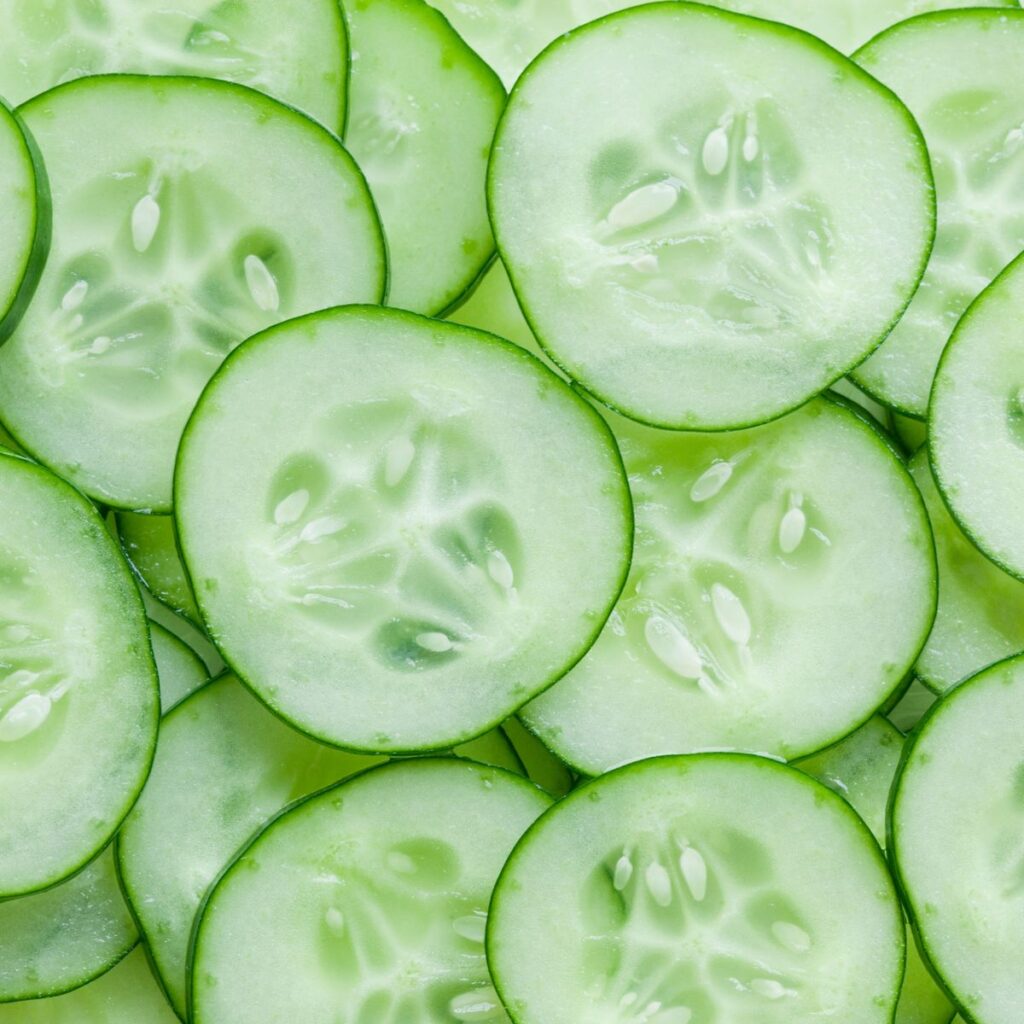
Cucumbers are known for their high water content and are a staple in all salads.
They can be added to wraps or eaten as a standalone snack with dips. It’s hydrating as well as low in calories.
2. Celery
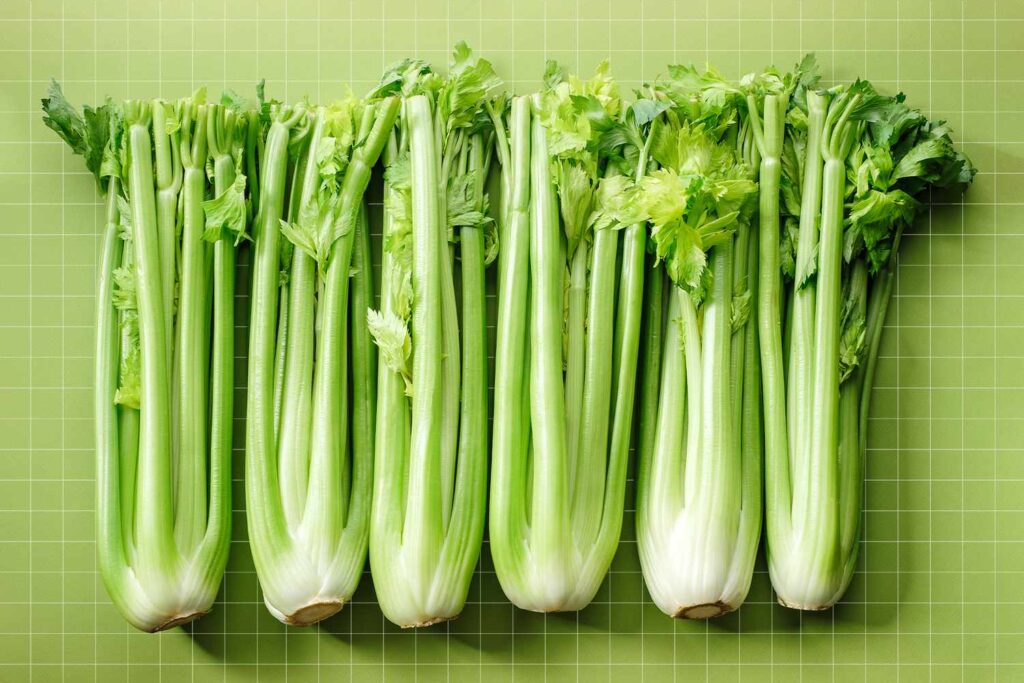
A quintessential zero-calorie food, celery is rich in fiber and thus aids digestion.
They are versatile and are a great addition to soups as well as salads. Add them to your dips and eat them as a snack for a crunchy element.
3. Zucchini
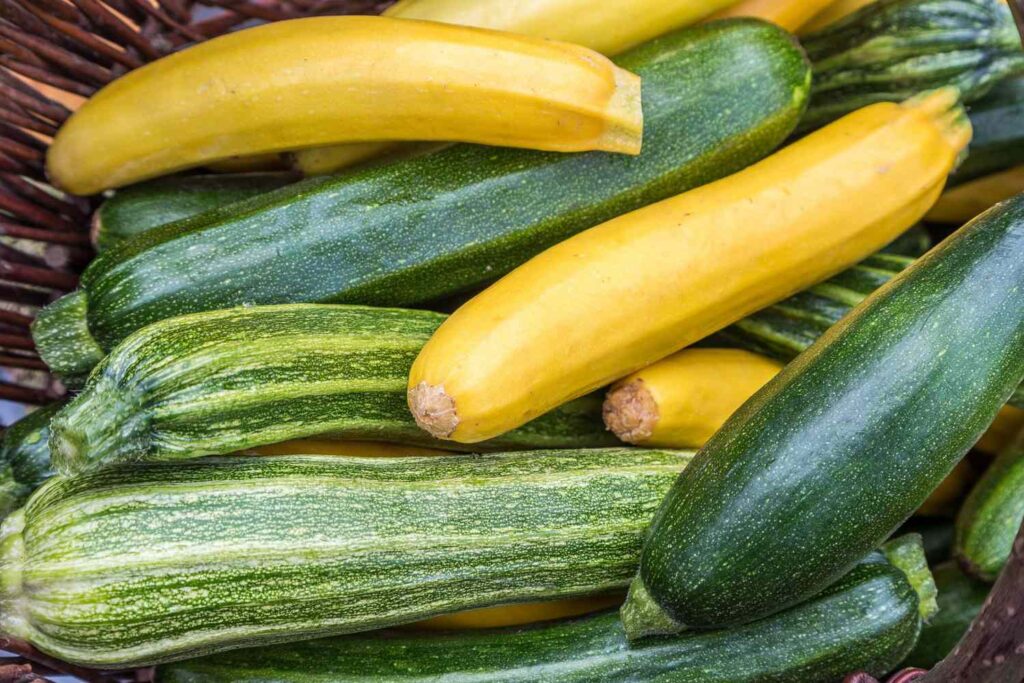
This Squash not only has zero calories but is also a rich source of vitamins and minerals.
They are a great addition to the kinds of pasta and spaghetti. You can eat them raw in salads or bake bread with zucchini for a healthier alternative.
4. Spinach
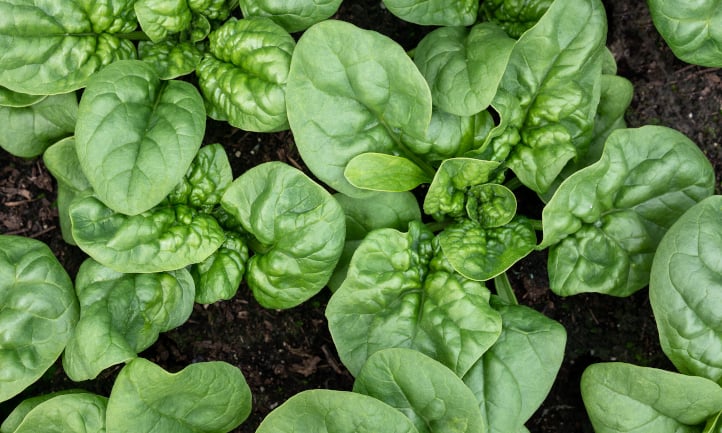
As unpleasant as it may seem to some people, spinach is loaded with iron and magnesium.
Taking a spinach smoothie in your diet aids in digestion and provides you with all sorts of essential nutrients. You can also eat sautéed spinach or add them to pasta sauce.
5. Broccoli
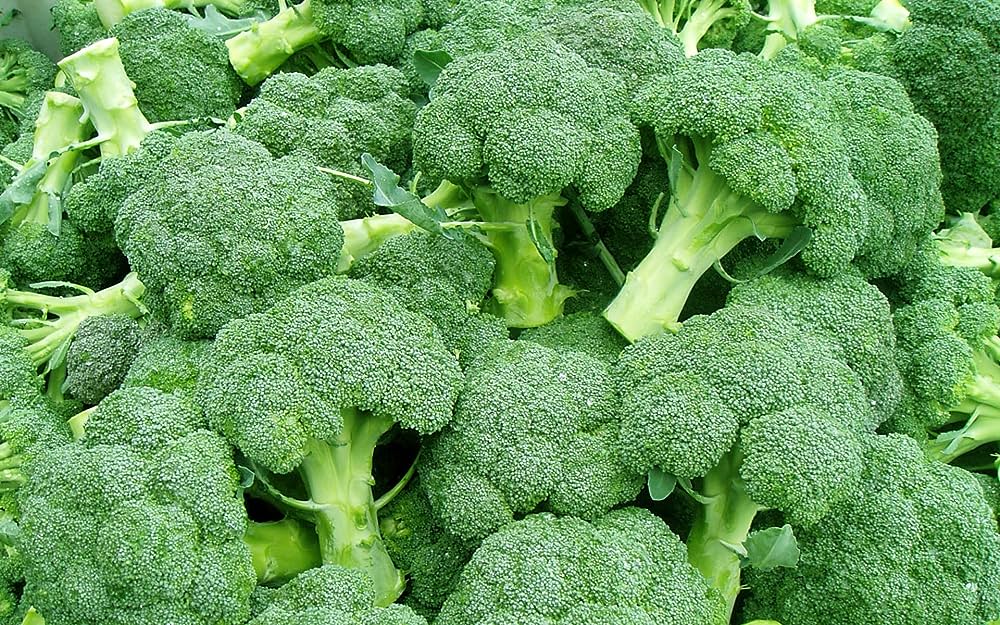
Another green vegetable that is a prime source of vitamin C and K. It is also rich in folate.
You can air fry or steam them and other vegetables for soup or stew. Eat them with dips, and you have got a delicious snack.
6. Cauliflower
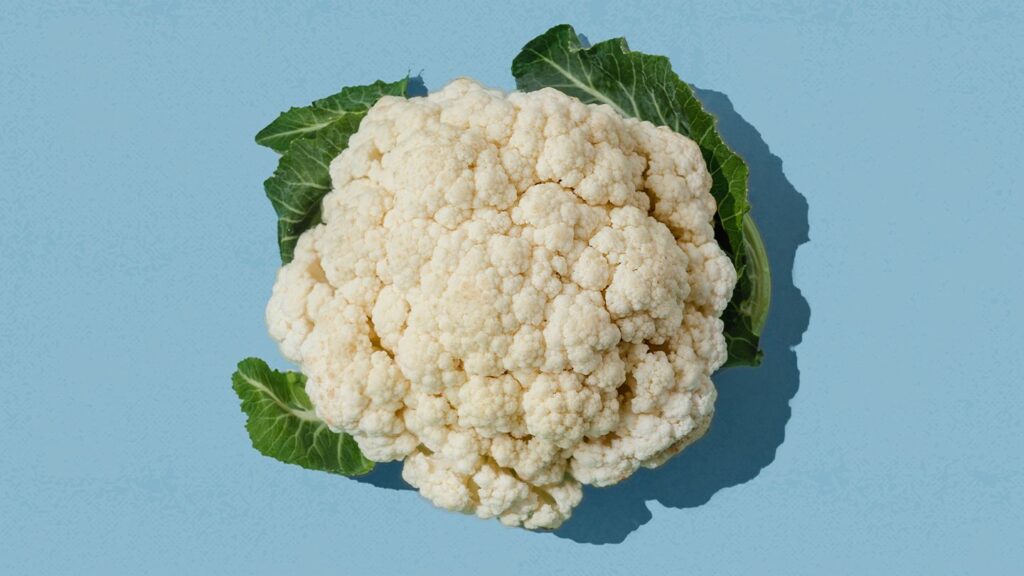
Cauliflower rice or a pizza crust made with cauliflower is an amazing and healthier substitute for your favorite dishes.
Also, instead of using all-purpose flour, you can use boiled cauliflower for making Alfredo sauce pasta.
7. Radishes
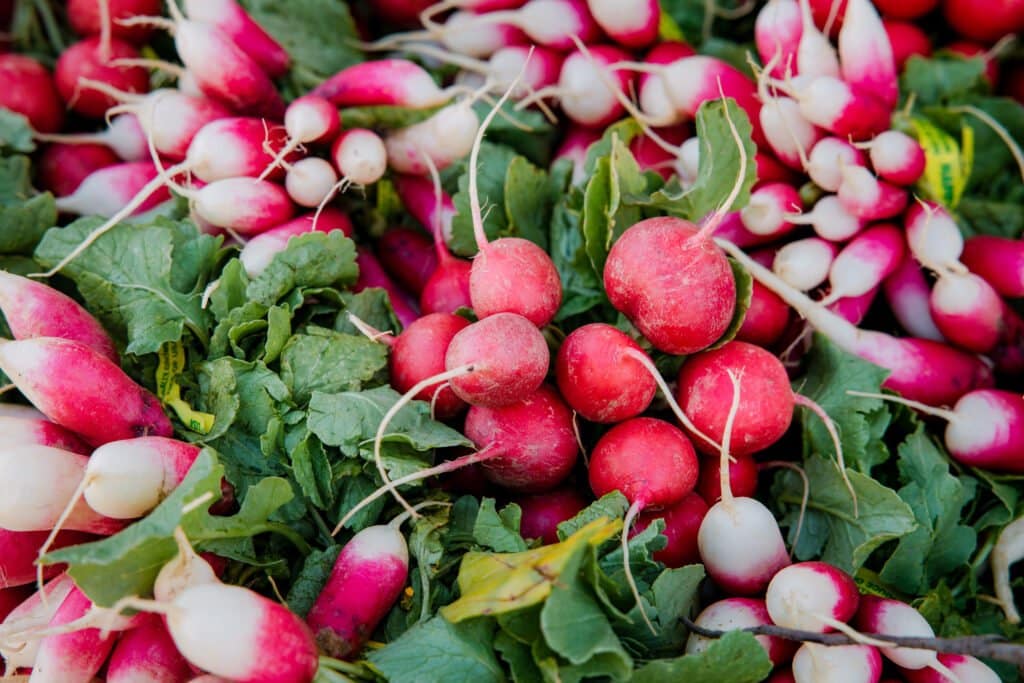
Crunchy with a slightly tangy taste, radishes are a tasty zero-calorie delight.
Add them to salads for the extra crunch, or eat them with hummus as a healthy snack. You can also incorporate them into slaws to use in sandwiches.
8. Asparagus
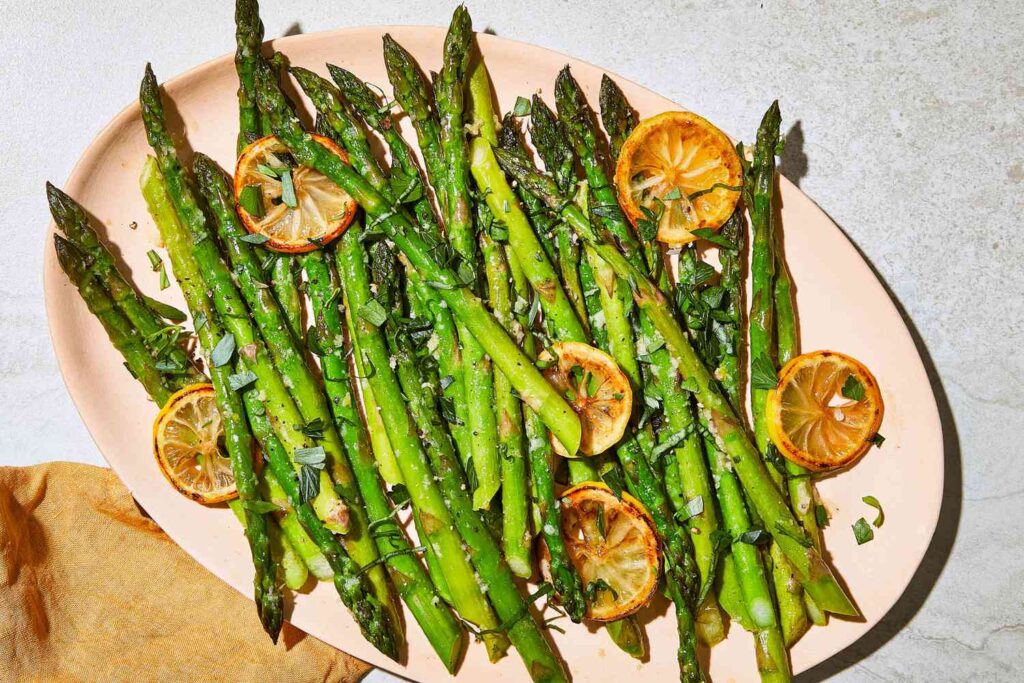
Available during springtime, asparagus is a green vegetable that grows as a herb.
It can be cooked with other vegetables, or you can roast them as a stand-alone dish. They are quite popular as a side dish in Asian cuisines.
9. Cabbage
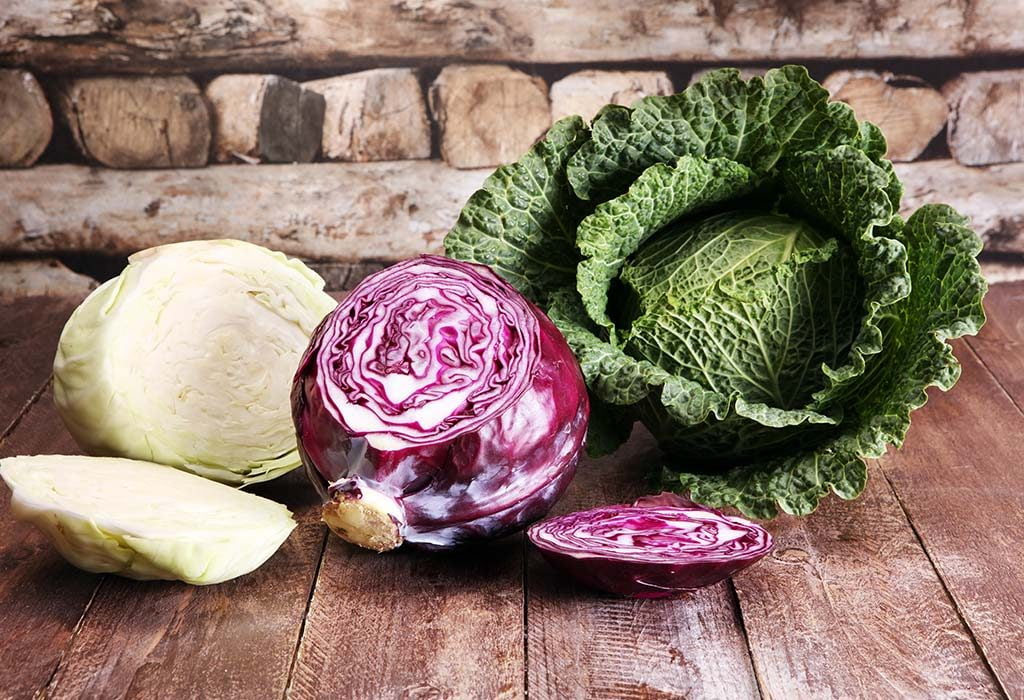
Cabbage is that zero-calorie food that can be incorporated into almost everything, making the dish healthier.
Make sauerkraut to add to sandwiches or use them in salads as a fiber-rich addition. Shredded cabbage is added to wraps and tacos for an enhanced taste.
10. Green Beans
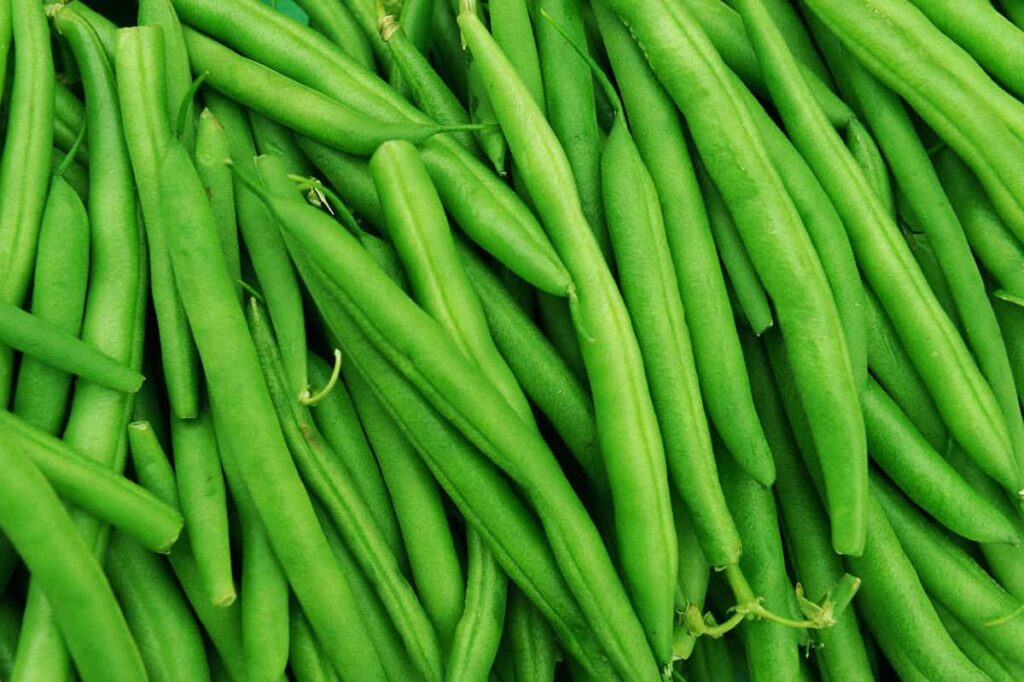
Although they might not have a very extravagant flavor, green beans are highly nutritious without any extra calories.
Add them to your choice of dishes for an extra crunch. They are a good source of protein because of them being legumes along with being zero-calorie foods.
11. Bell peppers
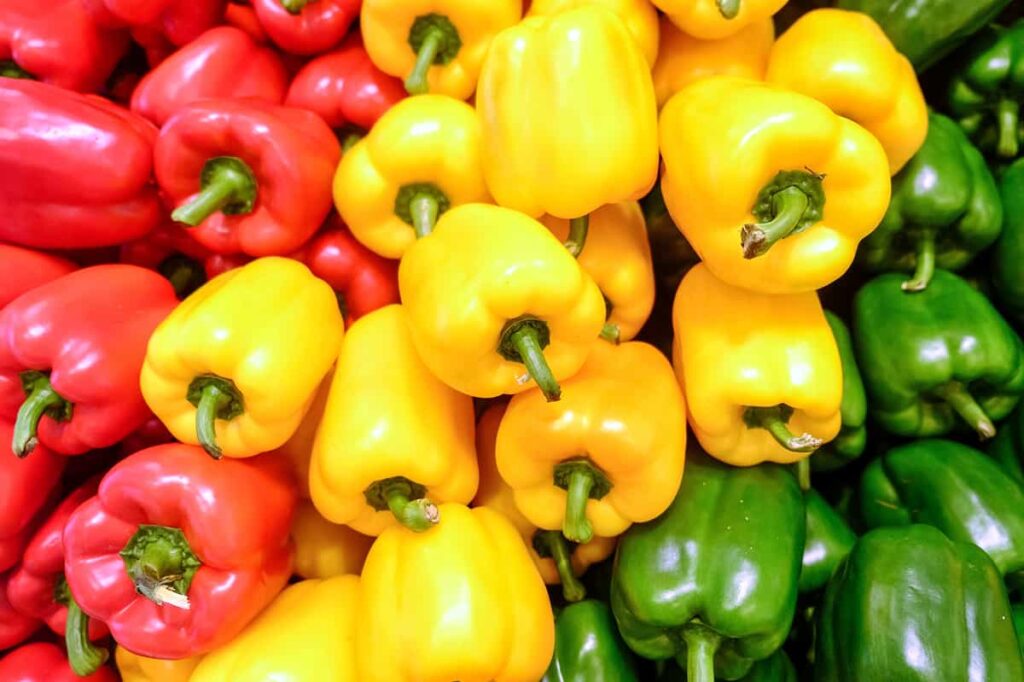
Available in a variety of colors, bell peppers not only enhance the taste but increase their visual appeal as well.
Whether it be pasta, sautéed veggies, or salads, these colorful vegetables are worth trying.
12. Tomatoes
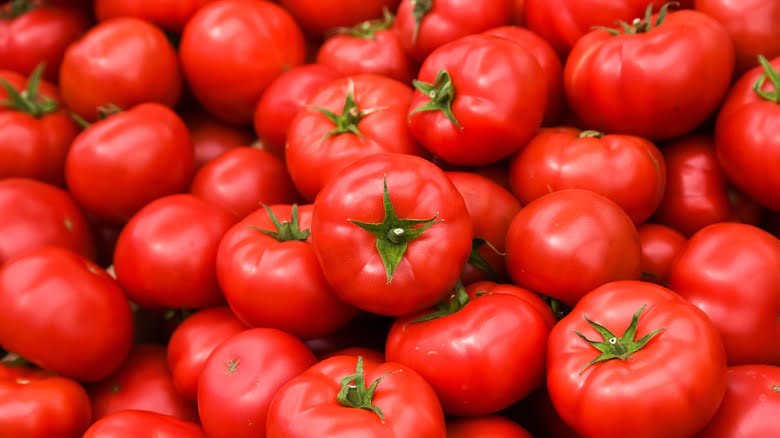
A staple for many dishes, tomatoes are one of the most versatile and delectable zero-calorie foods to add to your diet regimen.
Use them in salads, make a dip, or make pasta base without worrying about the calories.
13. Mushrooms
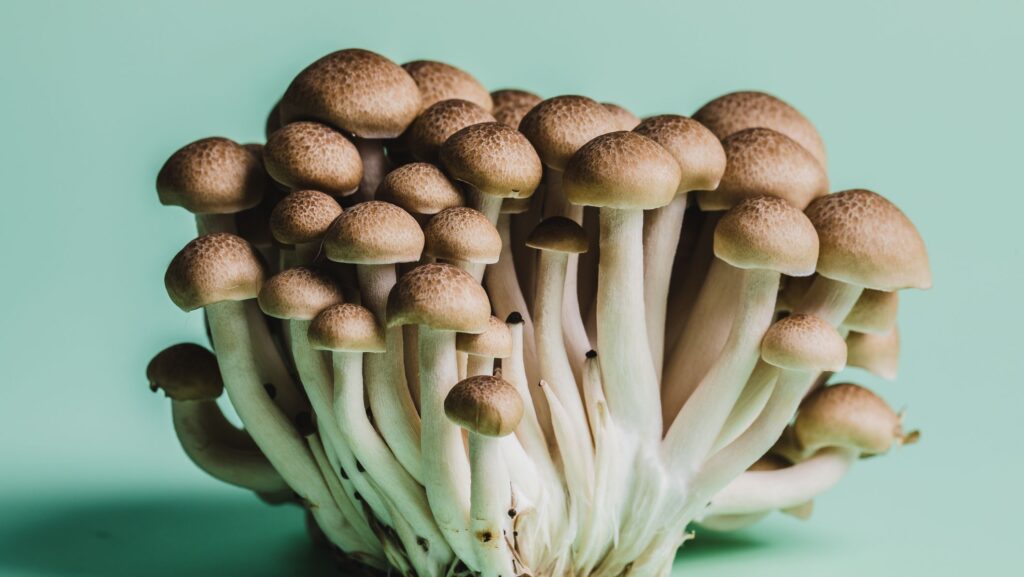
Celebrated for their umami flavor and unique textures, mushrooms are quite flavorful, yet they are considered zero-calorie food.
Mushrooms can bring out different flavors depending on how they are cooked and are always a great addition to soups and salads.
14. Lettuce
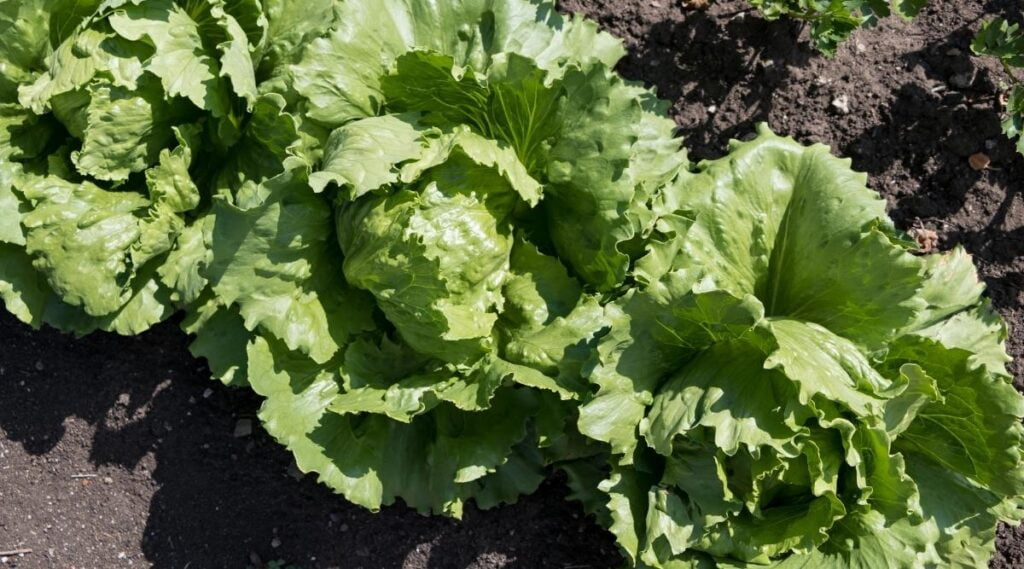
Lettuce, with its high water content and minimal caloric contribution, is considered to be one of the finest zero-calorie foods to have in your diet.
Its crispness adds texture to salads and wraps, making it a staple in health-conscious diets. You can also eat lettuce alone with a dip or a light dressing.
15. Carrots
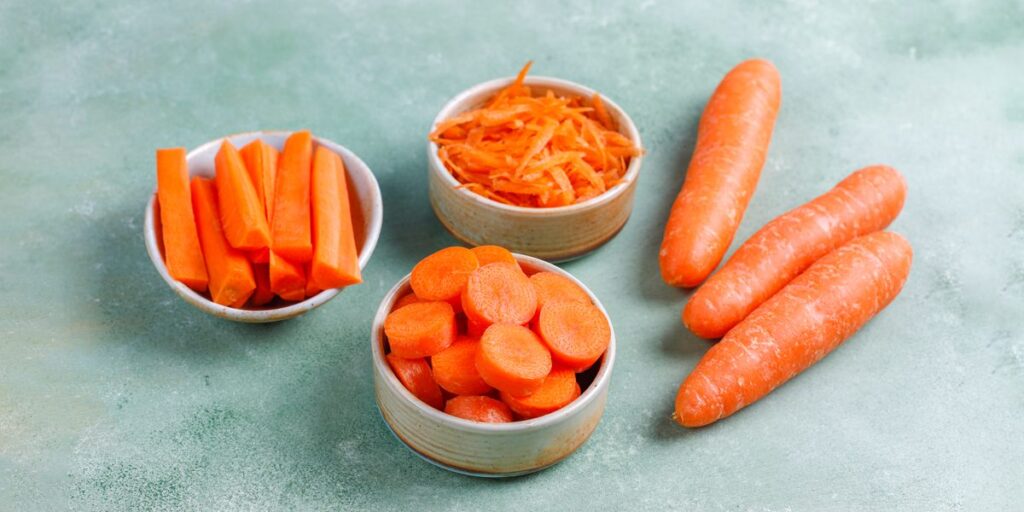
Carrots, revered for their crunch and vibrant hue, are renowned for their zero-calorie status.
With negligible calories, they’re a popular snack and versatile addition to salads and dishes. Their natural sweetness and nutrient content make them a guilt-free choice for health-conscious individuals.
Fruits as Zero-Calorie Food
Now that we have discussed the vegetables that fall into the category of zero-calorie foods let us look at some delicious fruits you can eat while being mindful of your eating habits.
Fruits are great as a snack and for smoothies as well.
16. Watermelon
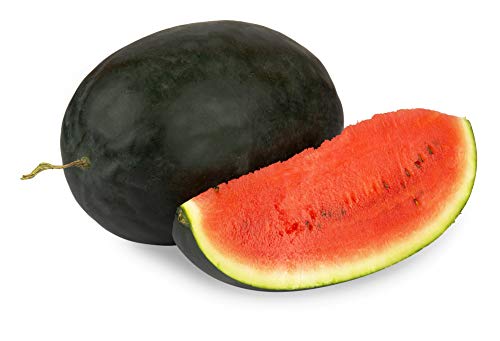
Sweet and juicy fruit with high water content is especially enjoyable during summer.
You can enjoy them once a day without ruining your appetite for a proper meal. You can also add them to water to make an infused drink.
17. Strawberries
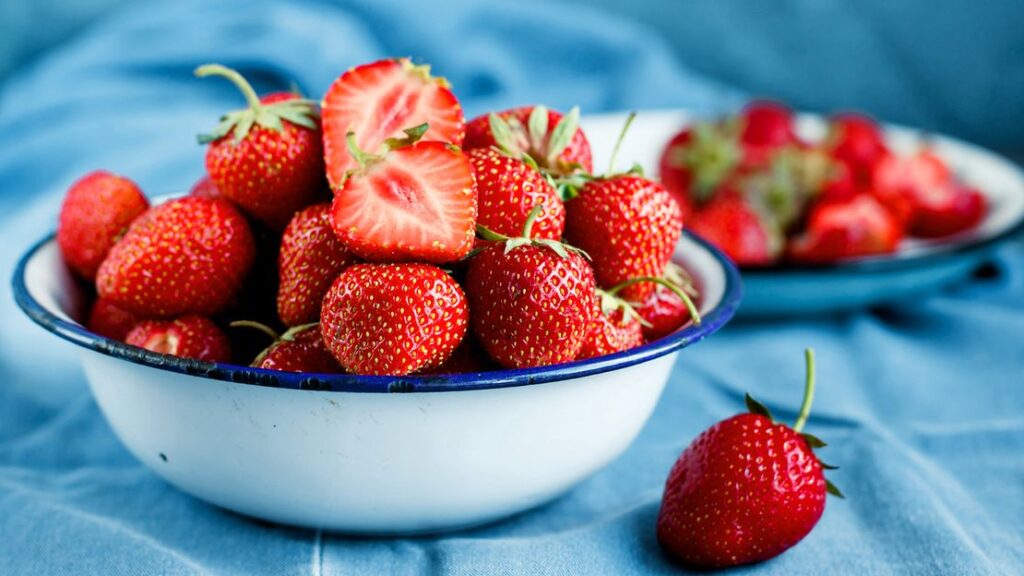
Strawberries, as sweet as they come, are zero-calorie foods. They are loaded with vitamin C and antioxidants, along with an amazing taste.
They are great as toppings for oatmeal and yogurt.
18. Oranges
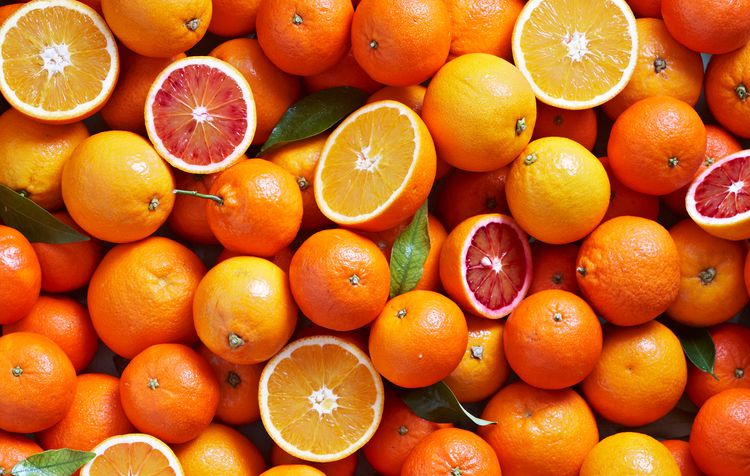
An extremely rich source of vitamin C, oranges are also extremely low in calories.
Drink a glass of freshly squeezed juice in the morning, or you can eat them as it is for a refreshing snack. Oranges are also rich in fiber, which is great for digestion.
19. Grapefruit
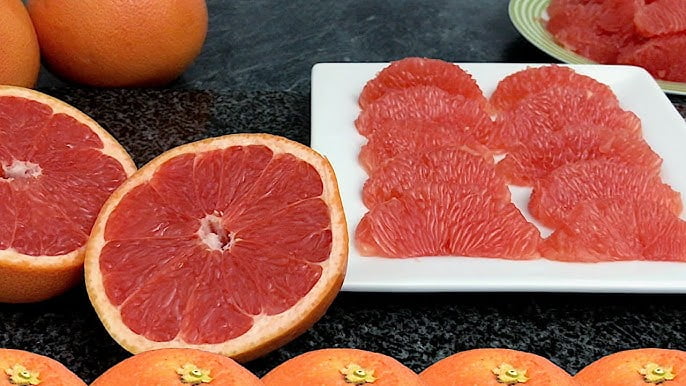
Grapefruit, with its tangy and refreshing flavor, is often considered a nearly zero-calorie fruit. Its high water content and minimal calories make it a popular choice for those seeking a light and nutritious option.
Packed with vitamins and antioxidants, grapefruit offers a flavorful addition to balanced diets.
20. Apples
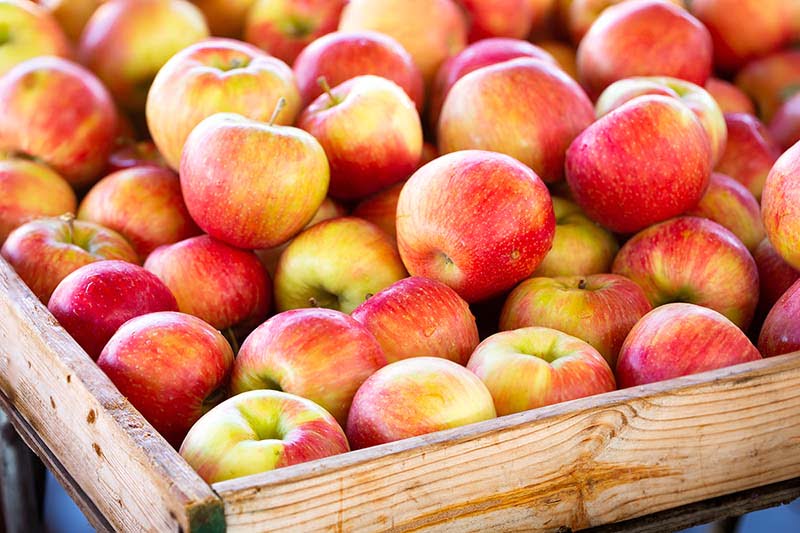
Apples, with their delightful crunch and natural sweetness, are deemed nearly zero-calorie fruits. Their low-calorie content, combined with fiber and essential nutrients, makes them a satisfying and healthy snack.
Apples are a staple in weight-conscious diets, contributing to overall well-being while satisfying cravings.
Herbs & Spices
Sale dressings, dips, or any other dish, herbs, and spices can make or break the flavor. We must find some zero-calorie alternatives to make your dishes tastier and better.
21. Basil
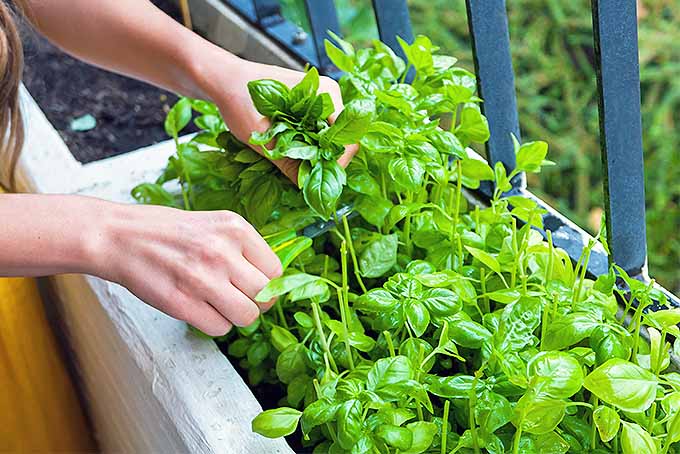
Basil brings a strong aroma to any dish and has numerous health benefits. Tea infused with basil is great for congestion and cold.
Use basil leaves in pesto sauce, dressing OK pasta, and to your salads for an herbal kick.
22. Mint
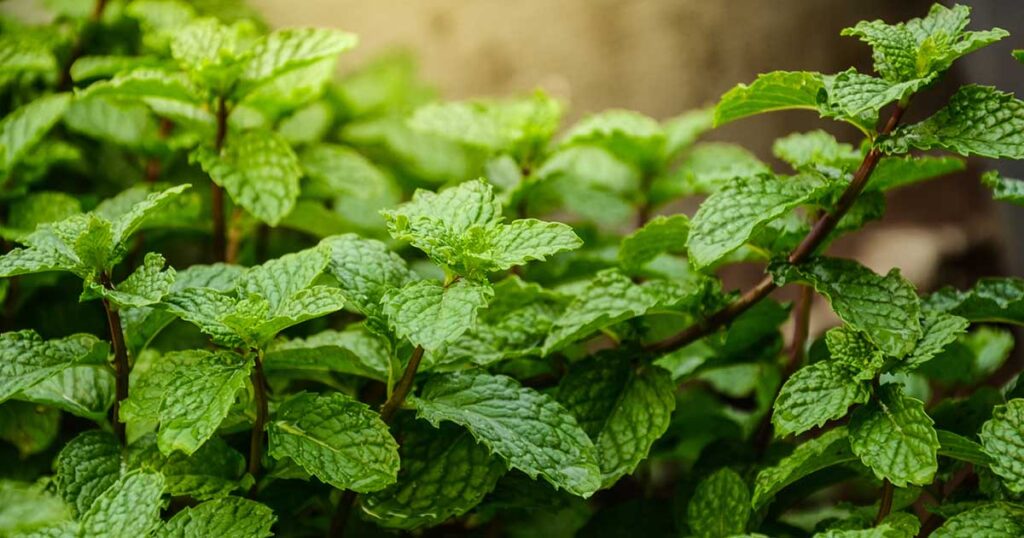
Known for its soothing effect, mint is refreshing, along with being a zero-calorie food.
It’s versatile enough that it can be added to both sweet as well as savory dishes. Add them to your salads for a refreshing and soothing twist.
23. Cilantro
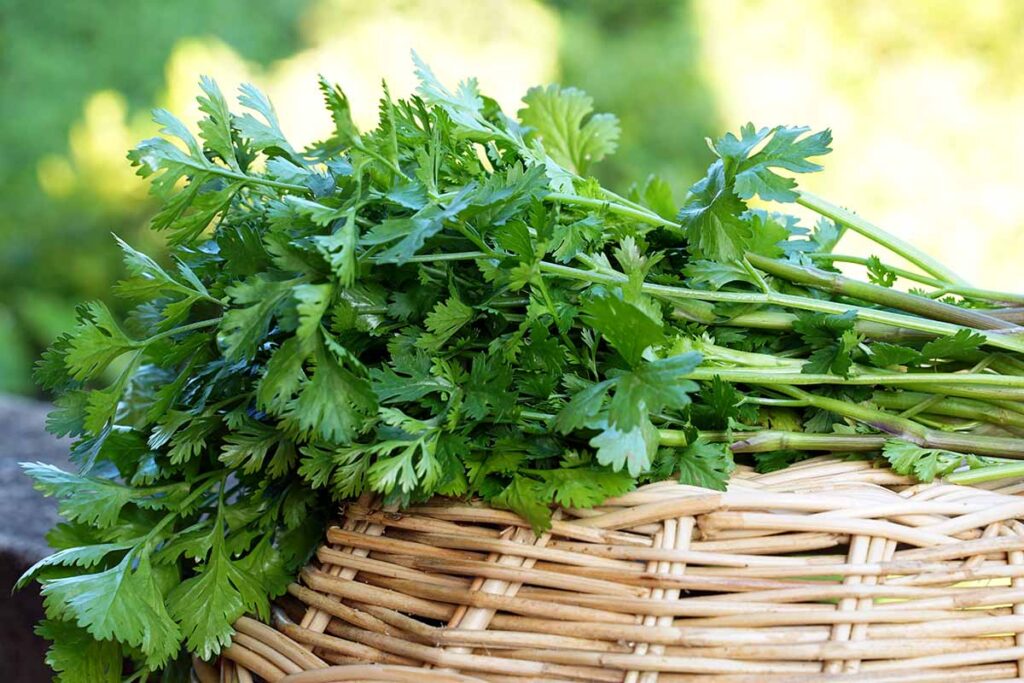
Cilantro, a fragrant herb renowned for its vibrant flavor, is considered a zero-calorie food. Its fresh and zesty notes enhance various dishes while providing minimal caloric impact.
Rich in antioxidants and vitamins, cilantro offers a healthful touch to culinary creations without compromising taste.
Beverages
A guilt-free alternative to high-calorie drinks like Coke and shakes. Zero-calorie beverages are a great source of hydration and soothe your digestive system.
24. Herbal teas
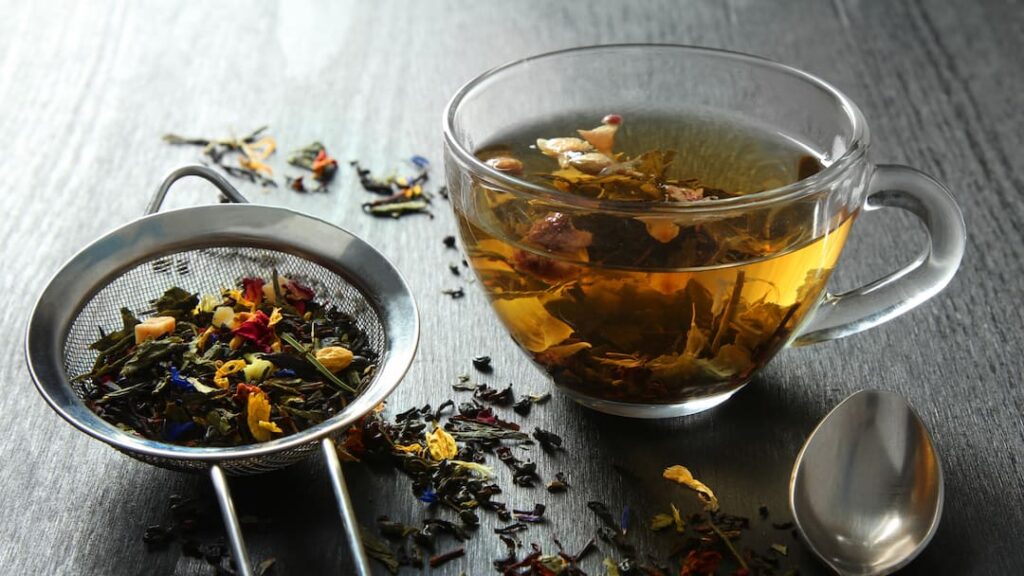
Herbal tea, a beloved zero-calorie beverage, offers soothing flavors and potential health benefits. Brewed from herbs and botanicals, it provides hydration and warmth without adding to your caloric intake.
Savor the diverse blends while embracing the wellness advantages of this calorie-free choice.
25. Infused water

Infused water, a delightful zero-calorie concoction, elevates hydration with natural flavors. Infusing water with fruits, herbs, or vegetables offers a refreshing and colorful way to stay hydrated without any caloric load.
Enjoy the subtle tastes while keeping your calorie count in check.
Incorporating zero-calorie foods into your diet can still be beneficial due to their high nutritional value, including vitamins, minerals, and fiber. However, relying solely on these foods for weight management is not a comprehensive strategy.
A well-rounded approach that considers overall caloric intake, macronutrient balance, and physical activity is essential for achieving and maintaining a healthy weight and promoting overall well-being.
Harmony in Equilibrium: Nutritional balance
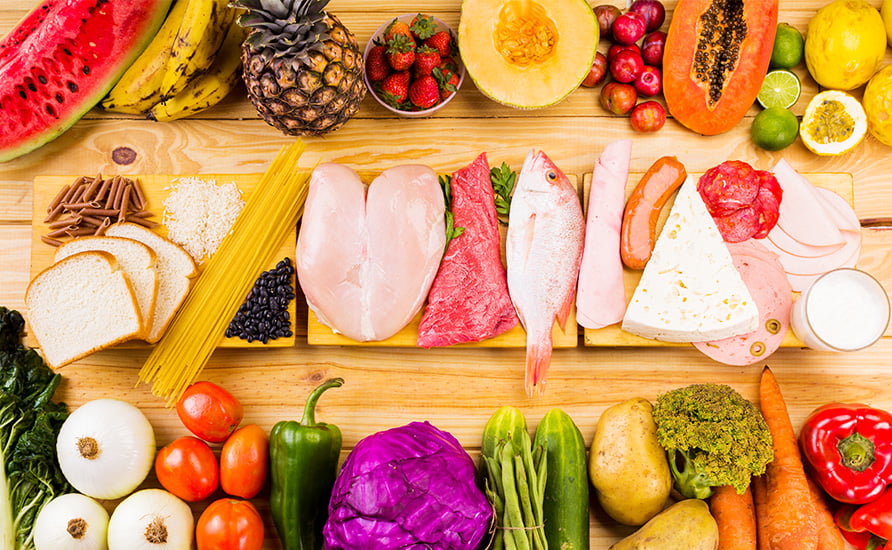
A balanced diet is the key to a healthy body and a sustainable lifestyle. Mindful eating without compromising on essential nutrients is a nutritional balance.
Zero-calorie foods are some foods that can help you maintain this balance while you do not have to compromise on your taste at all.
Zero-calorie foods provide minimal energy, but they are usually rich in other nutrients. While they don’t have zero calories, the energy they provide is negligible as compared to the energy that is required for processing them.
A rich source of hydration and fiber, they improve the consumer’s appetite, thus promoting overall wellness.
Fruits and vegetables are prime examples of zero-calorie foods. Leafy greens like spinach and lettuce, along with crunchy vegetables like cucumbers and celery, are exceptional choices.
They are low in calories and carbohydrates but high in fiber, vitamins, minerals, and antioxidants. Their high water content not only helps keep you hydrated but also adds volume to your meals, helping you feel full without adding significant calories.
To achieve nutritional balance, it’s important to focus that your diet is well-rounded and contains food from all groups.
Zero-calorie foods are only your allies in this journey and not the sole source of nutrition for you. Keep some calorie-rich options to obtain the necessary amount of calories for yourself.
Calorie-Conscious Cuisines
Incorporating zero-calorie foods into your diet is easier than you think. They will make your food flavourful and colorful, thus enhancing your eating experience.
They are there to provide essential nutrients without increasing your calorie intake.
Incorporating zero-calorie foods into our diets requires a shift in perspective, one that focuses on nourishment as a harmonious blend of taste, nutrition, and mindfulness.
Let us look at some easy recipes you can make using these food items.
1. Crunchy Vegetable Salad
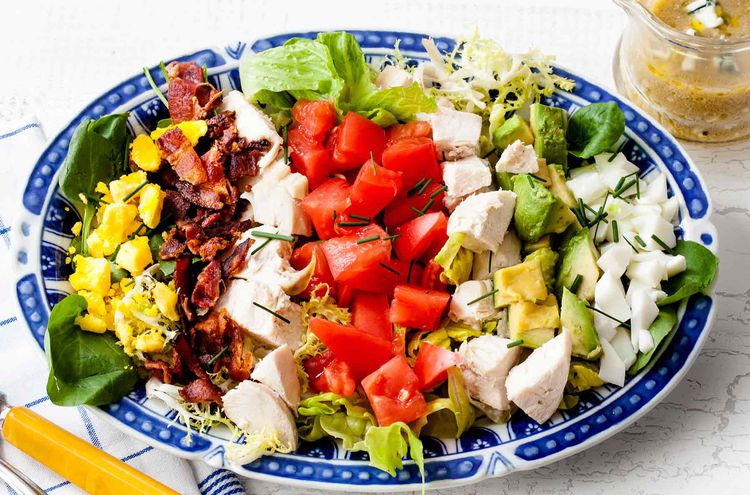
A refreshing salad to eat before or along with your meal. With some zesty dressings and colorful vegetables, this is an easy yet nutritious recipe to explore!
You can make a Caesar or a Cobb salad, depending on your mood. Don’t forget to experiment with dressings.
Ingredients
- 2 cups mixed leafy greens (lettuce, spinach, arugula)
- 1 cup cucumber, sliced
- 1 cup bell peppers, thinly sliced
- 1 cup cherry tomatoes, halved
- 1/2 cup celery, chopped
- 1/4 cup red onion, thinly sliced
- Juice of 1 lemon
- 2 tablespoons apple cider vinegar
- 1 tablespoon olive oil
- Salt and pepper to taste
Cooking Instructions
- In a large bowl, combine the mixed leafy greens, cucumber, bell peppers, cherry tomatoes, celery, and red onion.
- In a small bowl, whisk together the lemon juice, apple cider vinegar, olive oil, salt, and pepper.
- Drizzle the dressing over the salad and toss to combine.
- Serve immediately as a light and refreshing side dish.
2. Berry Yogurt Parfait
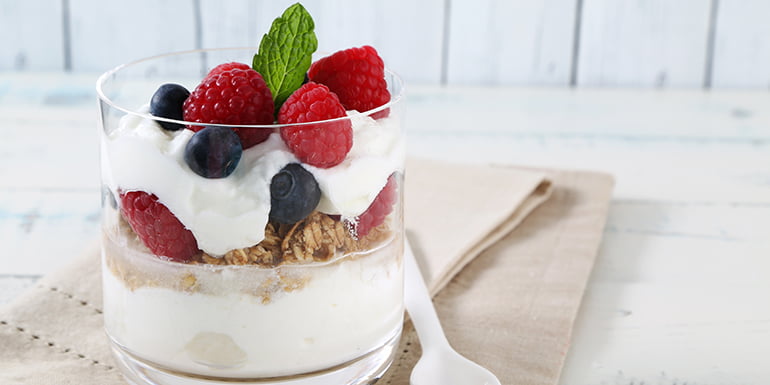
Eat this zero-calorie food-infused treat as breakfast or as a snack without being guilty. It’s a layered dish containing yogurt and berries.
It is a sweet yet healthy dish to add to your dietary regimen. Tantalize your taste buds with this sweet treat.
Ingredients
- 1 cup Greek yogurt (low-fat or non-fat)
- 1/2 cup mixed berries (strawberries, blueberries, raspberries)
- 2 tablespoons granola
- 1 tablespoon chopped almonds or walnuts (optional)
Cooking Instructions
- In a glass or bowl, layer Greek yogurt, mixed berries, granola, and chopped nuts if desired.
- Repeat the layers until the ingredients are used up.
- Enjoy the parfait as a satisfying and protein-rich breakfast or snack.
3. Zucchini Noodles with Pesto
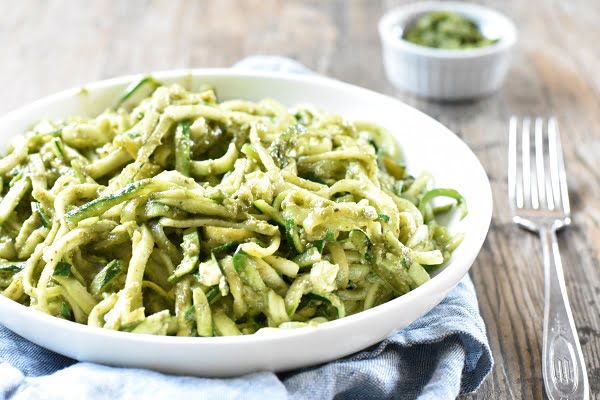
Do you love pasta but want a healthier alternative? Zucchini noodles are the way to go! They are as flavorful, but you can eat them guilt-free.
You can use a sauce made from tomatoes as well.
Ingredients
- 2 medium zucchinis , spiralized into noodles
- 1/4 cup homemade or store-bought pesto sauce
- Cherry tomatoes, halved, for garnish
- Fresh basil leaves for garnish
- Grated Parmesan cheese (optional)
Cooking Instructions
- Heat a non-stick skillet over medium heat and add the zucchini noodles. Sauté for a few minutes until tender.
- Toss the zucchini noodles with pesto sauce until well coated.
- Serve the zucchini noodles in bowls, garnished with cherry tomatoes, fresh basil leaves, and a sprinkle of Parmesan cheese if desired.
4. Citrus Bliss infusion

Citrus fruits are not only packed with vitamin C but also offer a burst of refreshing flavors that can elevate your daily hydration routine.
This Citrus Bliss Infusion combines the zingy goodness of lemon, lime, and orange to create a revitalizing and refreshing drink.
Ingredients
- 1 lemon, sliced
- 1 lime, sliced
- 1 orange, sliced
- 1-2 liters of water
- Ice cubes (optional)
- Fresh Mint leaves garnish (optional)
Cooking Instructions
- In a large pitcher, add the cucumber lime, orange slices, and lemon slices.
- Fill the pitcher with water and refrigerate for a few hours to allow the flavors to infuse.
- Refrigerate the infused water for at least 2-4 hours, ideally overnight. This allows the flavors to meld and infuse into the water.
- Serve the citrus-infused water chilled over ice.
5. Herb-Grilled Chicken with Lemon and Garlic
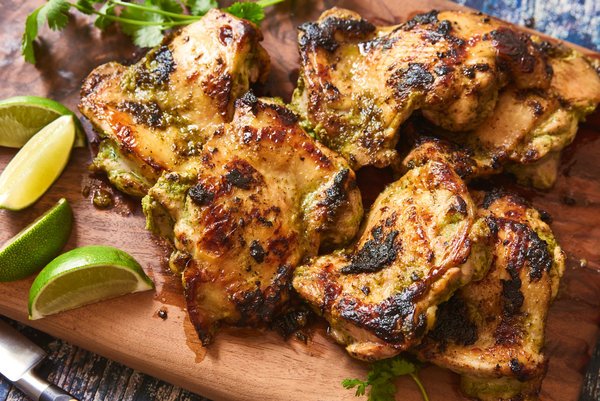
Enjoy chicken in a new and innovative way. While chicken is a rich source of calories, other elements in this dish balance out all the calories.
Proteinaceous and delectable dish for you to enjoy with your family and guests.
Ingredients
- Cloves garlic, minced
- Zest and juice of 1 lemon
- 2 tablespoons fresh herbs (such as rosemary, thyme, or oregano), chopped
- Salt and pepper to taste
Cooking Instructions
- In a bowl, combine the minced garlic, lemon zest, lemon juice, chopped herbs, salt, and pepper.
- Coat the chicken breasts with the herb and lemon mixture, allowing them to marinate for at least 30 minutes.
- Grill the chicken breasts until cooked, about 6-8 minutes per side.
- Serve the herb-grilled chicken with steamed vegetables for a balanced and flavorful meal.
These recipes demonstrate ways where you can enjoy a variety of flavors and textures without compromising your calorie intake.
These are just a few examples; you can always use your creativity to create unique recipes.
Conclusion
Embracing the world of zero-calorie foods opens a doorway to a culinary journey that marries flavor and nutrition in the remarkable story of deliciousness ahead.
As we’ve explored various aspects of these foods, from their unique characteristics to their practical applications, it’s evident that they hold the potential to transform the way we approach nourishment.
From crisp leafy greens to succulent berries and aromatic herbs, zero-calorie foods invite us to explore culinary possibilities that align with our health goals without compromising pleasure.
With each bite, we nourish not only our bodies but also our spirit, fostering a connection between what we consume and how we thrive.
So, as you navigate the aisles of vibrant vegetables, pluck berries from the bushes, and savor the essence of herbs and spices, may you find joy in the discovery of a world where zero-calories are a testament to the limitless possibilities of flavorful and healthful eating.

